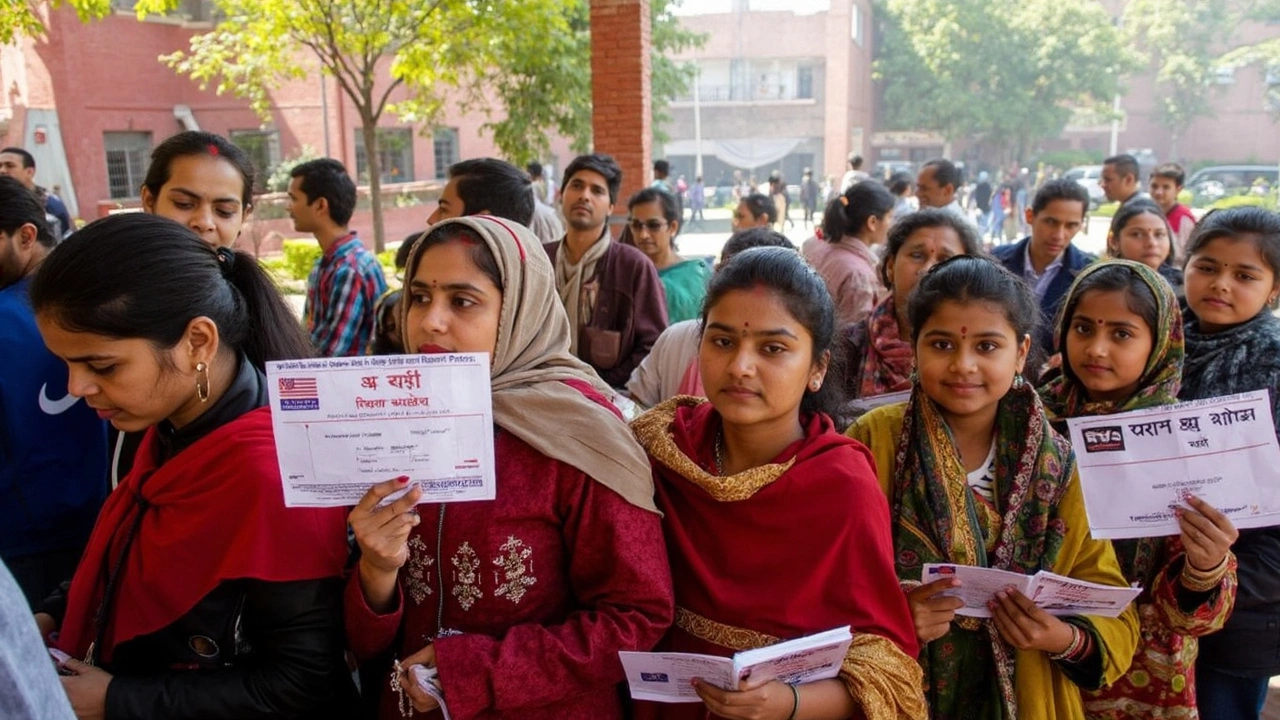BJP’s Return to Power in Delhi
The 2025 Delhi Assembly Elections marked a significant political milestone with the BJP clinching victory in the capital city for the first time since 1998. They secured a dominant 48 out of 70 seats, a shift from the AAP’s stronghold over the past ten years. This change in power was not only indicative of a renewed voter mandate but also highlighted a strategic campaign by the BJP focusing on anti-corruption and promises of development.
The elections took place on February 5, attracting a voter turnout of 60.54%. Although slightly lower than previous years, it reflected a high level of engagement from the public. Despite the Election Commission’s tight security measures at 19 counting centers, reports of clashes between BJP and AAP supporters surfaced in Seelampur, showcasing the tense atmosphere during this pivotal election.
Key Losses and Shifting Dynamics
The defeat was especially hard for AAP, with its chief, Arvind Kejriwal, losing his seat in New Delhi to BJP’s Parvesh Verma by a margin of 4,089 votes. This was a striking blow to the party, which saw its seat count plummet from 62 in the previous assembly elections to just 22. Prominent AAP figures like Manish Sisodia, Satyendra Jain, and Rakhi Birla also met with defeat, signifying a broader decline in the party’s influence.
Adding to the drama, the exit polls precisely predicted this BJP wave, although AAP had initially dismissed these forecasts. These results underscored a shift in voter priorities, moving away from AAP’s freebie-focused policies towards BJP’s promises of governance and anti-corruption. Post-election, Prime Minister Narendra Modi emphasized development and anti-corruption in his victory speech and hinted at investigating AAP's financial dealings.
Interestingly, the Congress party was notably absent from the winner's list, continuing its downward trend without securing a single seat. This signals that the traditional party is still grappling with its waning influence in Delhi’s political landscape.
Amidst these developments, female representation took a hit. Only five women MLAs were elected in this cycle, down from eight in 2020, highlighting an area needing more attention in future elections.
